

We are pleased to inform our participants that from 7 March 2022 all COVID-19 related sanitary and travel restrictions were withdrawn in Hungary.
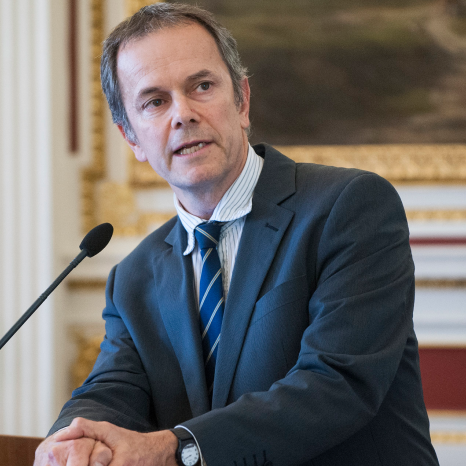 Dear Colleagues,
Dear Colleagues, It is a great pleasure to welcome all of you to Hungary very soon, at the 11th International Congress on the Jurassic System that will take place from August 29 to September 2, 2022 in Budapest. As it looks now, only a few days from the start of the event, there will be about 110 researchers from 31 countries gathering to present their new research results, meeting old friends and making new ones, forging new scientific collaborations, ready to move forward our quest to understand more than 55 million years of Earth history.
WThe scientific program is orgnized into 12 thematic sessions with 88 oral and 20 poster presentations. Four lectures in the first morning on Monday will set the scene by highlighting key topics in current Jurassic research and giving you an overview of the Jurassic geology and paleontology of Hungary as the host country.
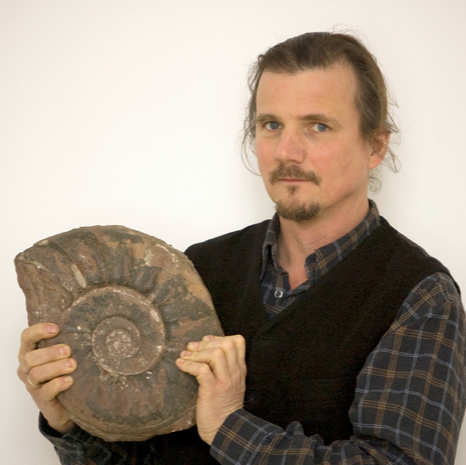 Traditionally, Jurassic conferences in the past were dominated by biostratigraphic research, first and foremost featuring ammonite studies. Whereas ammonoid taxonomists and biostratigraphers are still core members of the Jurassic community and present a rich session here, they are joined by many who apply integrated methods, carry a geochemistry toolbox, and focus on events on biotic and environmental change. The very start of the Jurassic follows one such event, the end-Triassic extinction that will receive attention here, but now undeniably the most popular research theme is the Toarcian, with its much studied anoxic event and other changes. Clearly, unravelling greenhouse warming-related events is the topic where Jurassic research becomes most relevant in today’s world of accelerating climate change, biodiversity loss, ocean acidification, and spreading dead zones. Jurassic climate, marine and terrestrial life, sedimentary basins, tectonic evolution, and geoheritage complement the spectrum of exciting topics to make this conference a stimulating event. As all good things must end, the Jurassic is no exception – but we still have to decide when the Jurassic ended, so watch out for the session on the Jurassic-Cretaceous boundary. In addition, we invite you to a public panel discussion on Jurassic topics, a presentation of a newly published book, visits to museums, and a mid-conference field excursion to give you a glimpse of the Tethyan Jurassic stratigraphy in the Geological Garden at Tata.
Traditionally, Jurassic conferences in the past were dominated by biostratigraphic research, first and foremost featuring ammonite studies. Whereas ammonoid taxonomists and biostratigraphers are still core members of the Jurassic community and present a rich session here, they are joined by many who apply integrated methods, carry a geochemistry toolbox, and focus on events on biotic and environmental change. The very start of the Jurassic follows one such event, the end-Triassic extinction that will receive attention here, but now undeniably the most popular research theme is the Toarcian, with its much studied anoxic event and other changes. Clearly, unravelling greenhouse warming-related events is the topic where Jurassic research becomes most relevant in today’s world of accelerating climate change, biodiversity loss, ocean acidification, and spreading dead zones. Jurassic climate, marine and terrestrial life, sedimentary basins, tectonic evolution, and geoheritage complement the spectrum of exciting topics to make this conference a stimulating event. As all good things must end, the Jurassic is no exception – but we still have to decide when the Jurassic ended, so watch out for the session on the Jurassic-Cretaceous boundary. In addition, we invite you to a public panel discussion on Jurassic topics, a presentation of a newly published book, visits to museums, and a mid-conference field excursion to give you a glimpse of the Tethyan Jurassic stratigraphy in the Geological Garden at Tata.
We have been through turbulent years since the last congress in Mexico in 2018. The pandemic hit, war broke out as our neighbour Ukraine was invaded, an energy crisis is looming, and climate change came home with a record hot and dry summer this year. Yet science always offers hope and we are glad that the conference will happen as planned. Beyond the science, we wish that you enjoy your stay in Budapest, a city with a rich architectural heritage and cultural scene - and with a cityscape that may be best enjoyed from the Danube, just as during our river cruise during the conference dinner.
We look forward to seeing you soon at the conference, at our Jurassic family reunion! Come and meet already at the ice breaker reception Sunday evening!
Chairpersons
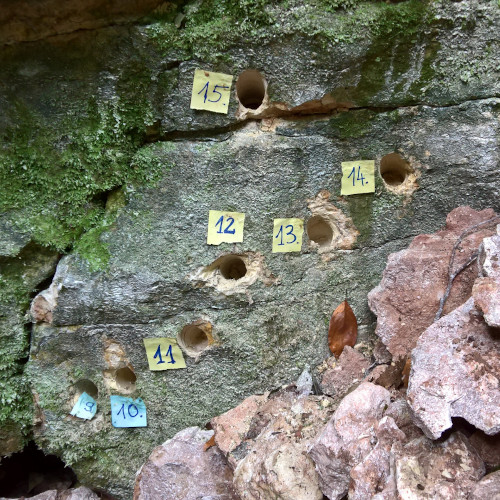 Magnetostratigraphic sampling in the Jurassic-Cretaceous boundary section at Hárskút (Bakony Mts.)
Magnetostratigraphic sampling in the Jurassic-Cretaceous boundary section at Hárskút (Bakony Mts.)
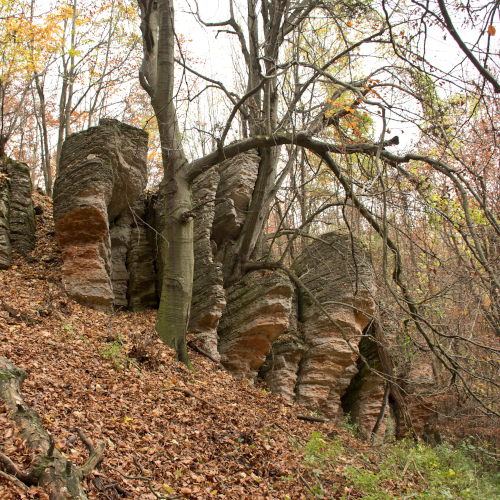 Upper Tithonian ammonitico rosso limestone on the Hajag Hill (Bakony Mts.)
Upper Tithonian ammonitico rosso limestone on the Hajag Hill (Bakony Mts.)
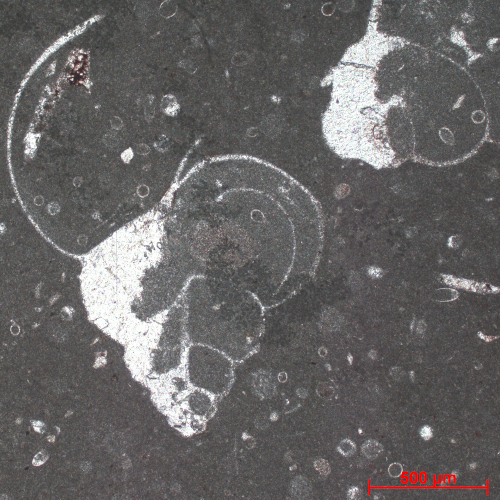 Tiny Early Cretaceous gastropod and calpionellids in thin section from Szomód (Gerecse Mts.)
Tiny Early Cretaceous gastropod and calpionellids in thin section from Szomód (Gerecse Mts.)
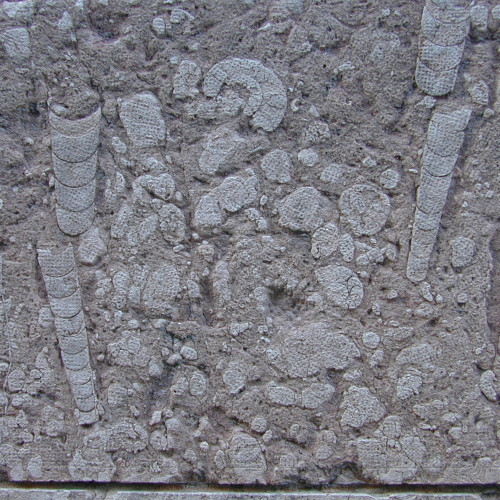 Oriented Atractites shells in a Lower Jurassic dimension stone block in the building of the Museum of Applied Arts in Budapest
Oriented Atractites shells in a Lower Jurassic dimension stone block in the building of the Museum of Applied Arts in Budapest
 Intricate suture lines of a Middle Jurassic ammonite (Labyrinthoceras) from the Bakony Mts.
Intricate suture lines of a Middle Jurassic ammonite (Labyrinthoceras) from the Bakony Mts.
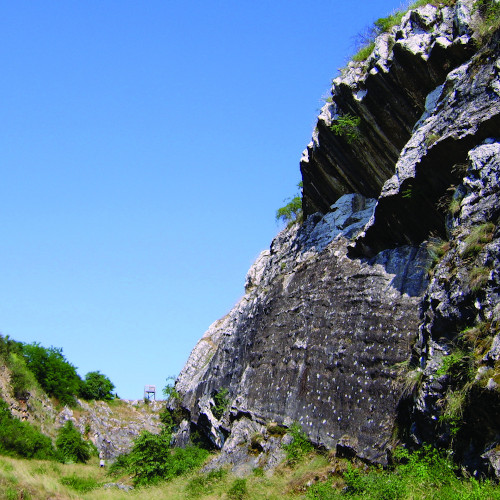 Templom Hill at Villány, a classic locality for Callovian ammonites as well as Pleistocene small mammals
Templom Hill at Villány, a classic locality for Callovian ammonites as well as Pleistocene small mammals
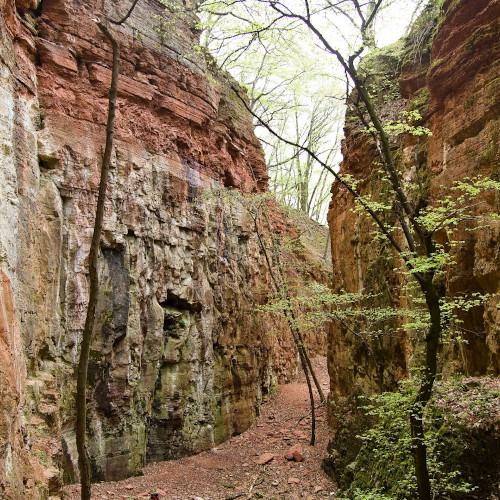 A canyon-like abandoned quarry of Lower Jurassic limestone in the Gerecse Mts.
A canyon-like abandoned quarry of Lower Jurassic limestone in the Gerecse Mts.
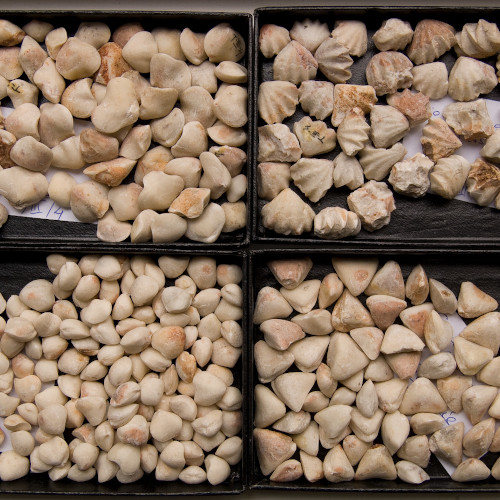 Four species of the rich brachiopod assemblage from the Lower Jurassic Hierlatz Limestone
Four species of the rich brachiopod assemblage from the Lower Jurassic Hierlatz Limestone
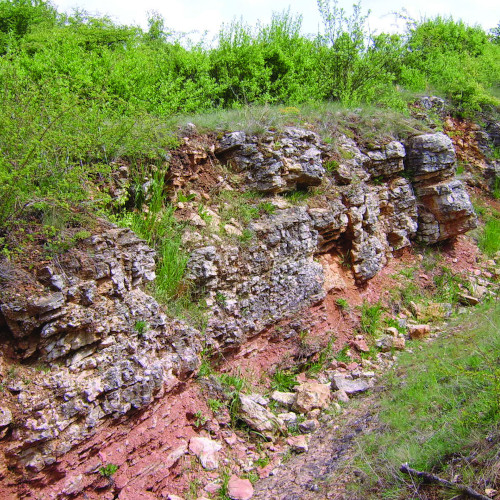 Upper Jurassic ammonitico rosso limestone on the Eperkés Hill (Bakony Mts.)
Upper Jurassic ammonitico rosso limestone on the Eperkés Hill (Bakony Mts.)
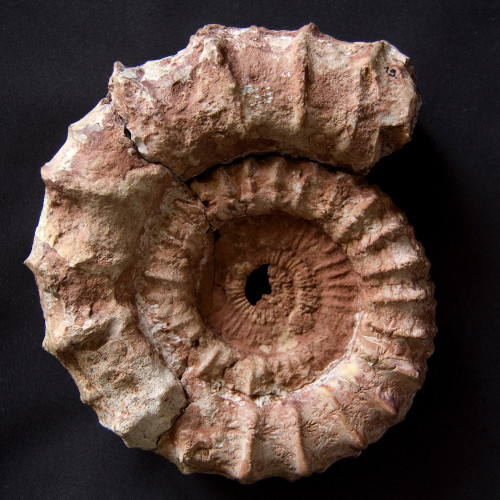 Well preserved internal mould of a late Tithonian ammonite (Micracanthoceras lamberti)
Well preserved internal mould of a late Tithonian ammonite (Micracanthoceras lamberti)
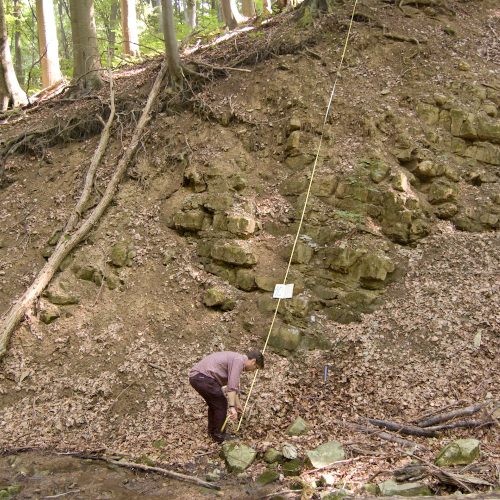 Measuring a Lower Jurassic section in the Óbánya Valley (Mecsek Mts.)
Measuring a Lower Jurassic section in the Óbánya Valley (Mecsek Mts.)
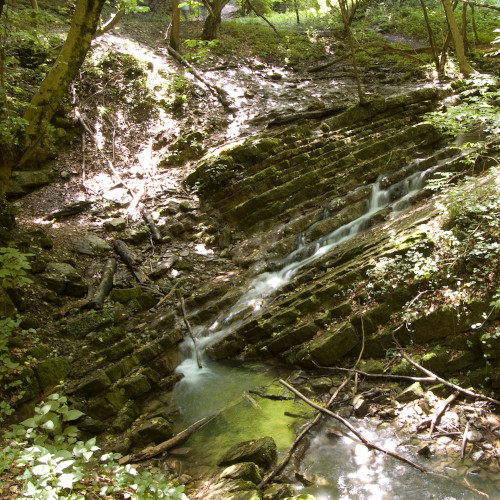 Upper Jurassic limestone beds in the Óbánya Valley (Mecsek Mts.)
Upper Jurassic limestone beds in the Óbánya Valley (Mecsek Mts.)
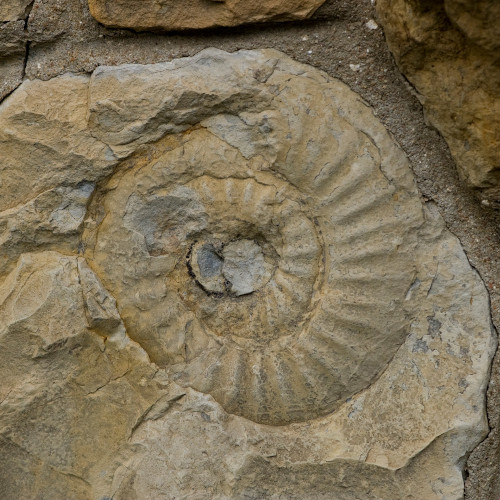 Middle Jurassic ammonite (Emileia) in a buiding block of a house in Óbánya (Mecsek Mts.)
Middle Jurassic ammonite (Emileia) in a buiding block of a house in Óbánya (Mecsek Mts.)
 Open pit mine of Lower Jurassic coal near Pécs (Mecsek Mts.)
Open pit mine of Lower Jurassic coal near Pécs (Mecsek Mts.)
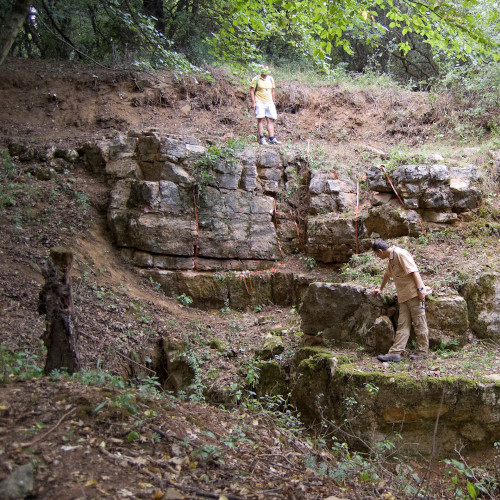 Upper Jurassic limestone exposed in a small, abandoned quarry in the Gerecse Mts.
Upper Jurassic limestone exposed in a small, abandoned quarry in the Gerecse Mts.
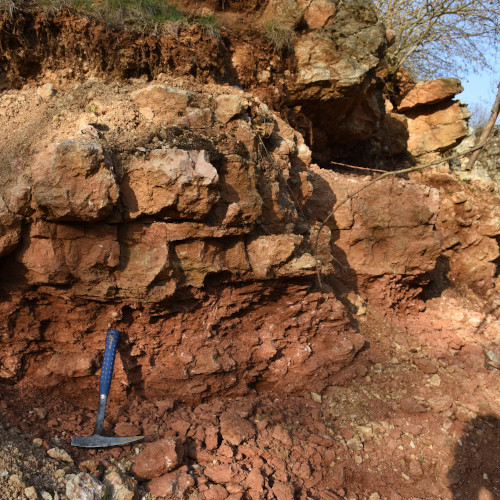 Kimmeridgian strata of ammonitico rosso on the Eperkés Hill (Bakony Mts.)
Kimmeridgian strata of ammonitico rosso on the Eperkés Hill (Bakony Mts.)
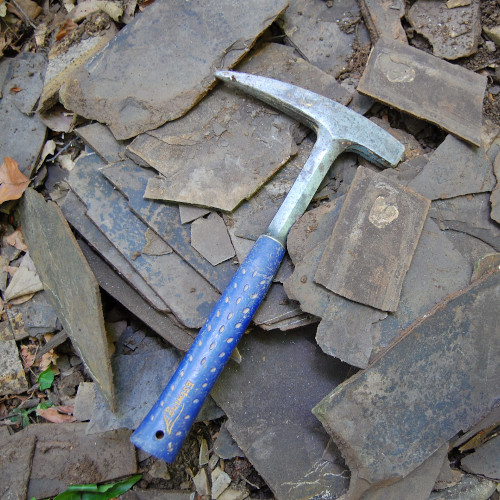 Toarcian black shale in the Réka Valley (Mecsek Mts.)
Toarcian black shale in the Réka Valley (Mecsek Mts.)
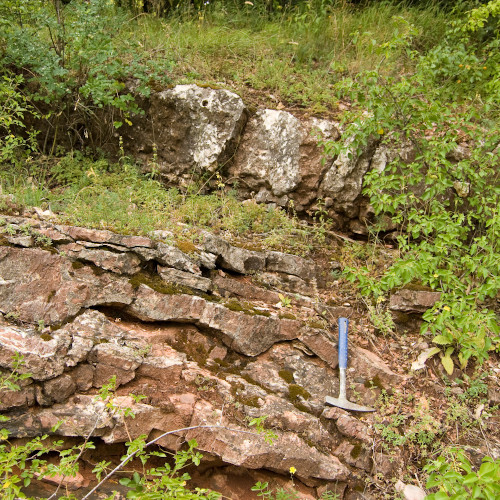 Middle Jurassic radiolarite capped by an Oxfordian ammonite-bearing limestone bed in the Tölgyhát Quarry (Gerecse Mts.)
Middle Jurassic radiolarite capped by an Oxfordian ammonite-bearing limestone bed in the Tölgyhát Quarry (Gerecse Mts.)
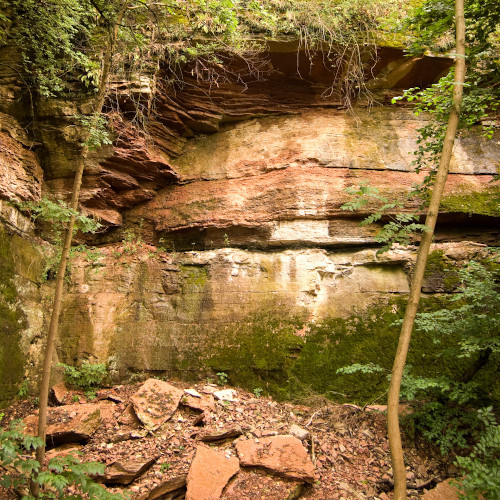 Thin black shale interrupting a Pliensbachian-Toarcian sequence in the Tölgyhát Quarry (Gerecse Mts.)
Thin black shale interrupting a Pliensbachian-Toarcian sequence in the Tölgyhát Quarry (Gerecse Mts.)
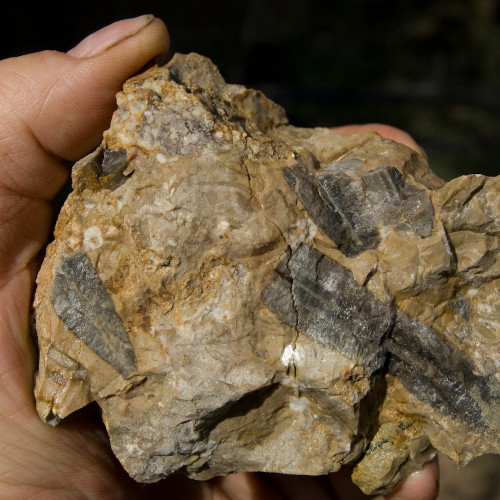 Accumulation of Middle Jurassic belemnite guards from the Asszony Hill (Gerecse Mts.)
Accumulation of Middle Jurassic belemnite guards from the Asszony Hill (Gerecse Mts.)
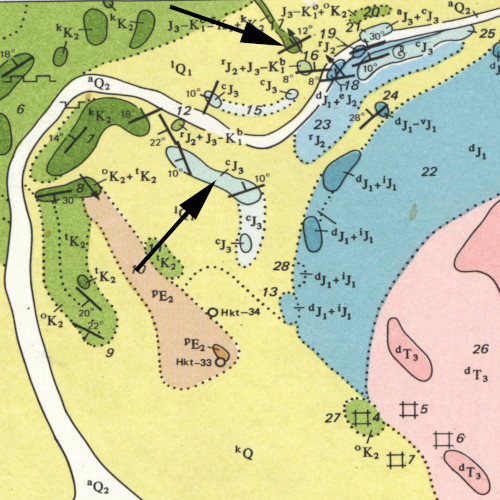 Detail of the geological map of the Bakony Mountains
Detail of the geological map of the Bakony Mountains
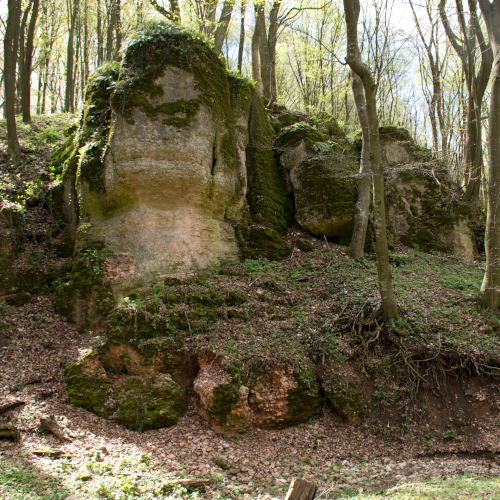 Cliff exposure of the Jurassic-Cretaceous transition west of Hárskút (Bakony Mts.)
Cliff exposure of the Jurassic-Cretaceous transition west of Hárskút (Bakony Mts.)